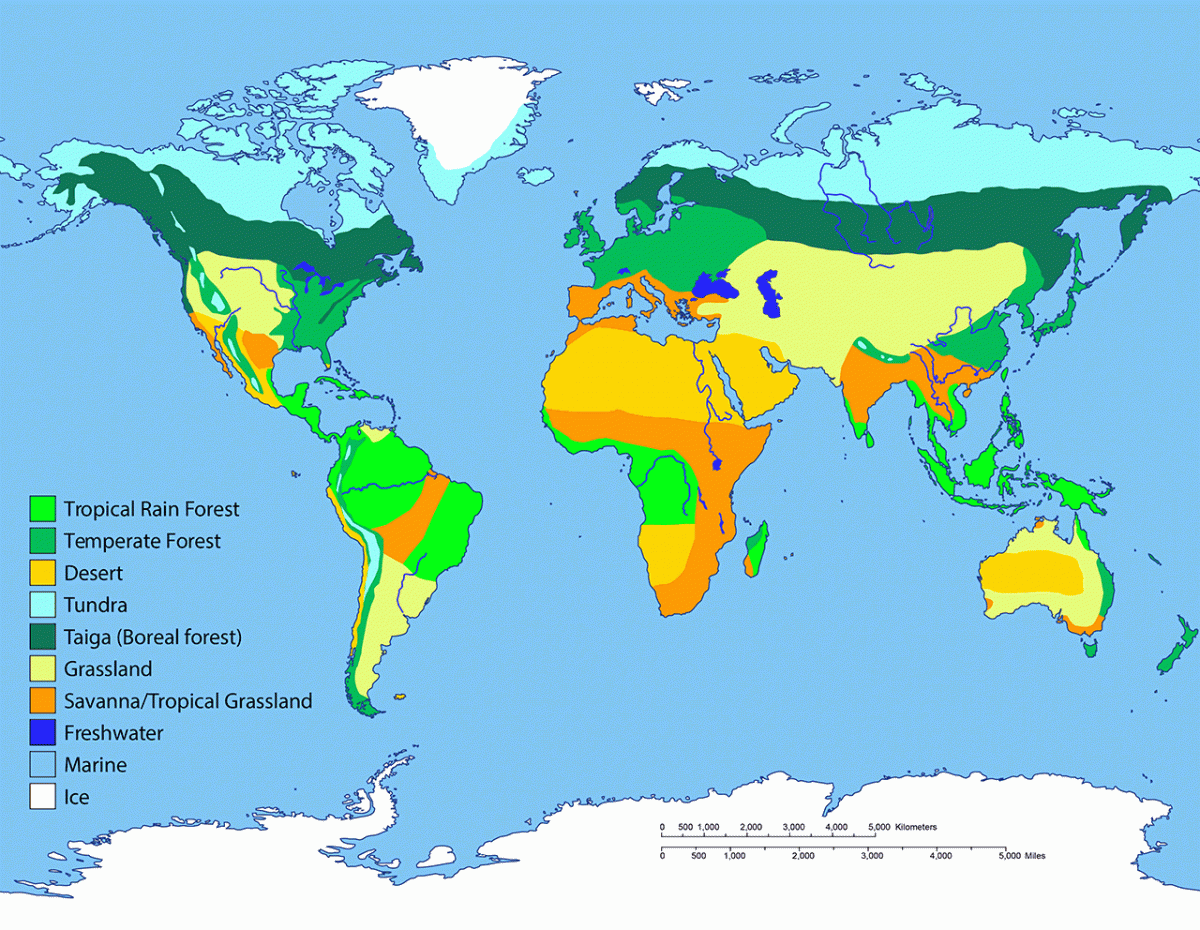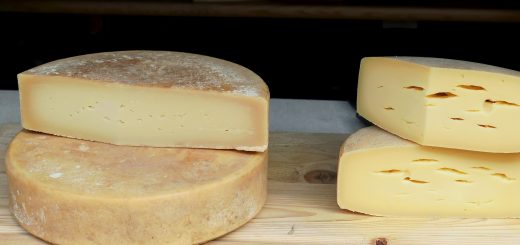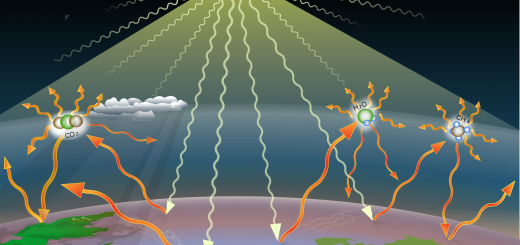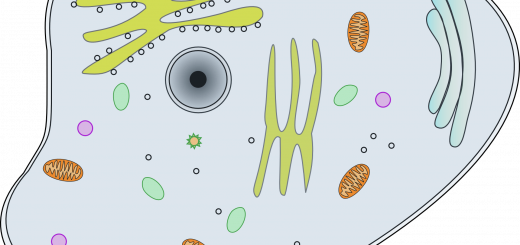BIOMES

Author(s): Octavian Horia Minda
Summary
Biomes are great places to view the biodiversity of the planet.
| Subject | Green Biotechnology |
| Topic | biodiversity |
| Age of students | 12-18 |
| Preparation time | 30Minutes |
| Teaching time | 60Minutes |
| Online teaching material (links for online material) | |
| Offline teaching material |
Aim of the lesson
By the end of this lesson students will:
1) understand the relationship between organisms and the biomes in which they live.
2) Students will understand the relationship between organisms and the biomes in which they live. Students will be able to describe the 6 major types of biomes.
Activities
Describe here in detail all the activities during the lesson and the time they require. Remember, that your lesson plan needs to revolve around the topic of bioeconomy.
| Name of activity | Procedure | Time |
| Warm-up | Ask “What adaptations might organisms need to possess in order to survive in a desert?”, or“What animal group is extremely rare in the desert and why?”Expect that many, if not all, students will be able to identify some of the physical characteristics of biomes. Listen for students to correctly describe the differences in climate, animals and vegetation of various biomes.Based on the students’ responses to the questions, determine if more or less time on a particular biome is warranted during the introduction of new material. For example, if students can correctly identify all the characteristics of a desert biome, do not spend as much time during instruction on the desert biome. Or, if students are not able to correctly identify the characteristics of a tundra biome, adjust to spend a little more time sharing pictures and engaging in discussion about the tundra. | 10 min |
| What is biome? | Explain that biomes are large regions that can be identified by the types of plants and animals that live there. Present the key features of the Earth’s major biomes. Provide instruction about each of the biomes and display visual narrative of the information, as well in order to meet the different learning styles of students. Instruct on all the biomes by “chunking” the lesson into smaller parts. Chunking a lesson allows students to take in smaller segments of a broad topic | 30min |
| During the instruction, identify: which abiotic factors, including temperature, precipitation and soil defines a particular biomethe biotic components that define a biomethe similarities and differences between each biomethe climate in each biomethe adaptations of organisms that live in a particular climateIntegrate a review of previously taught concepts into the instruction, using an inquiry-based approach for the review by asking students to respond to questions. For example: How are biotic and abiotic factors alike and different?How does adaptation occur in a species? | X min | |
| Engage students in discussion and listen to their responses. Based on students’ responses to the check for understanding questions, correct misconceptions that linger and expound on concepts that it appears that students have not grasped as strongly. | 10min | |
| Independent work | Biome OrganizerBiomeClimateTypical organismsExamples of AdaptationsTundra Coniferous or Taiga Forest Deciduous or TemperateForest Grassland Tropical RainForest Desert Savanna | Xmin |
| Xmin |
Assessment
This assignment allows students to build their literacy skills by writing in a different style with a targeted purpose of passing on information.
Instruct students to use the computer to create a travel brochure that describes a biome of their choosing. Take a few minutes to talk about brochures and share:
- The purpose of a brochure is to provide a lot of information in a concise and attractive format.
- Brochures are often used to promote a product or service.
Have a few samples of real brochures to show the class.
Inform students that the task is to create a brochure that will promote or convince others to want to visit the biome about which they choose to write. The brochure should include information concerning:
- vegetation, wildlife, and climate that characterize the biome,
- interesting facts, and
- other amenities or activities associated with the biome.





